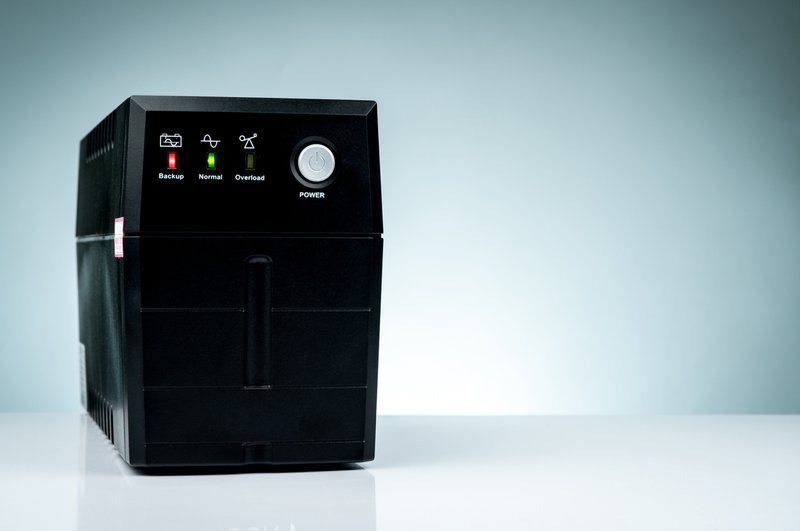Loadshedding: What you need to know about UPSs and inverters
Updated | By Poelano Malema
Don't get caught without electricity. These gadgets will help you keep the power on.

South Africa is faced with the ongoing challenge of loadshedding.
Loadshedding not only affects the day-to-day of home living, but also productivity for those who work from home.
If you are looking for power alternatives, then you might want to educate yourself about UPSs and Inverters.
READ: Three smart ways to ensure loadshedding doesn't inconvenience your life
Uninterrupted power supply (UPS) and inverters are both devices used to provide power when the electricity goes off.
A UPS comes with a built-in battery and charge controller. It takes over when it detects a loss or reduction in available power.
A UPS provides back-up power supply for devices and electronics such as computers and modems. However, what you need to know is that the power back-up is for a short duration (about four hours) and the change over time is around 10 milliseconds. The power input is around 240-279 VAC.
UPSs range in price from about R800 to a couple of thousand Rand.
Inverters, on the other hand, do not come with a built-in battery. However, one of the great things about inverters is that they are able to power a lot more things. They are for general electric appliances such as lights, kitchen appliances, power tools, TVs, radios, and computers, making them a very good investment to have, especially during loadshedding.
Power output is around 170-270 VAC and the change over time is around 500 milliseconds. They cost more than a UPS, but can keep the power on in your house for much longer.
READ: Six fun things to do during loadshedding
Image courtesy of iStock/ @Fahroni
More From Jacaranda FM
Show's Stories
-
Own a house in France for R21
If you are ready to experience some joie de vivre, this town has the rig...
The Drive with Rob & Roz 9 hours ago -
Are you and your partner getting a screen divorce?
It's not as serious as an actual divorce, but it might be happening to y...
The Drive with Rob & Roz 10 hours ago